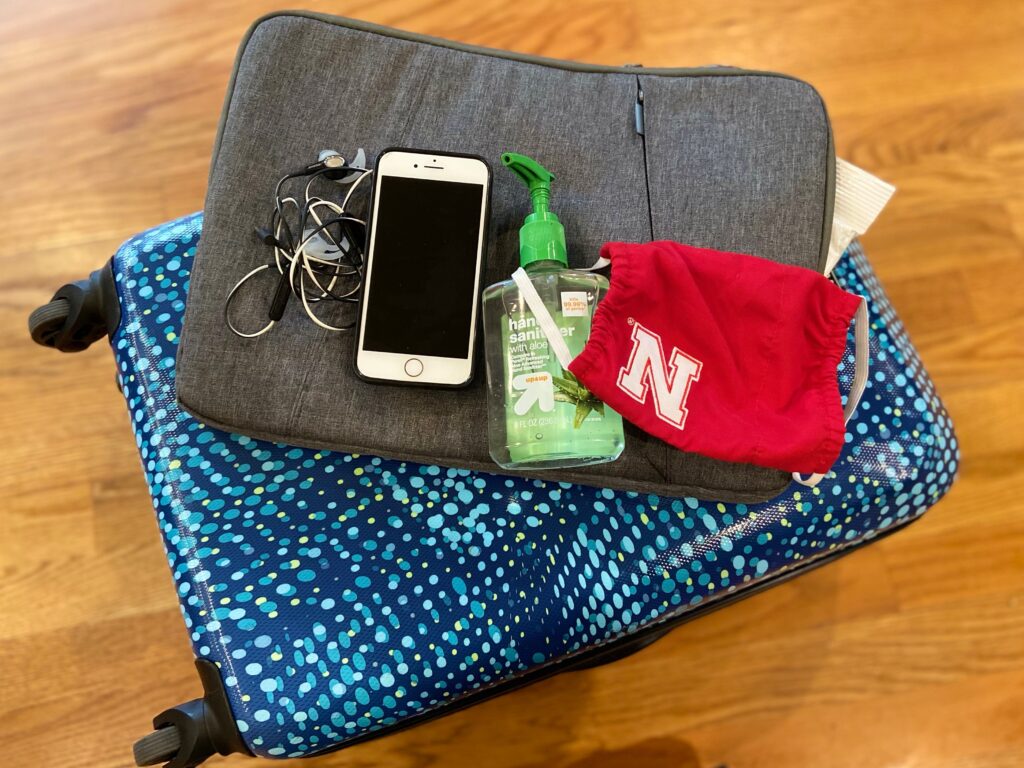As the world continues to adjust to living with the realities of pandemics, many travelers are eager to resume their adventures, but with an increased focus on health and safety. Whether you’re traveling domestically or internationally, taking the necessary precautions is crucial not only for your own well-being but also for the safety of others. Navigating the new landscape of travel during a pandemic may require more planning and preparation, but with the right approach, you can still enjoy a fulfilling and safe experience. Here are some essential tips to help you travel safely in this evolving environment.
Before planning any trip, it is crucial to check the most recent travel advisories and restrictions for your intended destination. Given that countries and regions worldwide have implemented varying rules to manage and mitigate the spread of diseases, especially in pandemic times, understanding these regulations is essential for a smooth and safe journey. Entry requirements can differ significantly from one location to another, and they often include specific mandates like proof of vaccination, recent negative COVID-19 test results, or even mandatory quarantine periods upon arrival.
Many countries have adopted strict health protocols to safeguard both residents and visitors, and these can change frequently in response to the local or global pandemic situation. For example, some destinations might require travelers to show proof of a negative test taken within a specific time frame (such as 24-72 hours before departure), while others may enforce quarantine periods ranging from a few days to two weeks, depending on where travelers are coming from. In some instances, even fully vaccinated travelers might face additional testing or quarantine measures, especially if they are arriving from regions experiencing a high surge in cases or if a new variant of concern is circulating.
The requirements for vaccination can also vary. Some countries only accept certain types of vaccines or have specific guidelines regarding how recently the last dose was administered. It’s common to be asked to provide a digital or physical copy of your vaccination record upon arrival, so make sure it’s readily accessible. Additionally, certain destinations might require booster shots, especially for high-risk populations or older travelers. For those who aren’t fully vaccinated, traveling becomes even more complicated, as some places may entirely restrict entry or impose stricter requirements like longer quarantines or more frequent testing.
To avoid confusion or last-minute disruptions, travelers should consult authoritative and reliable sources for the most current information. Websites like the World Health Organization (WHO), the Centers for Disease Control and Prevention (CDC), or your government’s health department are excellent resources for obtaining accurate and timely travel advice.
These platforms regularly update their guidelines and restrictions based on new health data, ensuring travelers can plan appropriately. Additionally, many countries have specific embassy websites that offer localized updates for inbound travelers, including any requirements specific to their own citizens or particular groups.
If you’re eligible, it is vital to ensure that you are fully vaccinated and up to date with any recommended booster shots before embarking on your travels. Vaccination is one of the most effective ways to protect yourself and others from the severe effects of contagious diseases like COVID-19, and many destinations around the world now require proof of vaccination as part of their entry requirements. Being fully vaccinated not only reduces the risk of contracting a severe illness but also helps in preventing the spread of the virus to vulnerable populations, making it a key factor in safer global travel.
Many countries and regions have set specific guidelines regarding vaccination requirements for travelers, and these guidelines often change based on the state of the pandemic. Some destinations only accept travelers who have been vaccinated with vaccines approved by their government or health authorities, and certain places may require that travelers receive their final dose within a particular timeframe, such as at least 14 days before arrival. Additionally, some destinations now require travelers to be up to date with booster shots, particularly for higher-risk populations such as the elderly or those with preexisting health conditions. Staying current on these recommendations is crucial to avoid any complications at border control or during your stay.
Carrying proof of vaccination is just as important as ensuring you meet the required guidelines. Most destinations will ask for either a digital or physical copy of your vaccination record, which you may need to present at various points during your journey, including at the airport, when checking into hotels, or even when entering certain tourist attractions, restaurants, or public spaces. Many governments and health organizations have created apps or digital platforms where you can securely store and display your vaccination certificate, which makes it easier to access when needed. However, it is also a good idea to carry a printed copy of your vaccination record, especially if you are traveling to countries where digital verification might be less common or if you encounter technical issues with your device.
Bringing along a well-prepared travel health kit is an essential step for ensuring a safe and smooth journey during a pandemic. Your health kit should include essential items designed to protect you and others from illness, while also helping you manage any unexpected health situations that might arise. The goal is to be self-sufficient when it comes to hygiene and health, particularly in environments like airports, public transportation, and busy tourist attractions where exposure risks can be higher.
First and foremost, pack an adequate supply of masks. Even as mask mandates vary from country to country, wearing a mask in crowded or enclosed spaces remains one of the simplest and most effective ways to reduce the transmission of airborne viruses. Surgical masks or N95/FFP2 masks provide the best protection, particularly in high-risk areas such as airports, planes, and public transport. Consider packing extra masks to last the entire duration of your trip, as some destinations may not have easy access to high-quality masks or may experience shortages. In addition, masks can become dirty or damaged, so having backups ensures you always have a clean one ready to use.
Even as travel restrictions and pandemic measures continue to ease in many parts of the world, maintaining good hygiene and practicing social distancing remain essential for ensuring your health and safety, especially in high-traffic environments. Airports, train stations, public transportation, and popular tourist attractions are all places where large numbers of people gather, making it easier for illnesses to spread. By staying vigilant about hygiene and distancing, you can reduce the risk of exposure to contagious diseases while still enjoying your travel experience.
One of the most effective ways to protect yourself in crowded environments is by maintaining physical distance from others. Health experts recommend keeping at least 1-2 meters (3-6 feet) of distance between yourself and others whenever possible. This practice, known as social distancing, minimizes the chance of coming into contact with respiratory droplets that can carry viruses, particularly in confined or busy spaces. Although it may not always be feasible to keep a full distance in crowded settings like airport terminals or tourist attractions, making an effort to maintain space where you can—such as in lines or when seated in waiting areas—can still offer some protection.
Another critical aspect of protecting yourself during travel is maintaining good hand hygiene. Airports, planes, buses, and public venues are filled with high-touch surfaces that are touched by many people throughout the day, such as handrails, door handles, ticket kiosks, luggage carts, and seating areas. These surfaces can harbor germs, which can easily transfer to your hands and then to your face if you’re not careful. To minimize this risk, it’s important to wash your hands frequently with soap and water for at least 20 seconds. Pay special attention to thoroughly washing between your fingers and under your nails, as these areas are often missed. Washing your hands before and after eating, after using the restroom, and after being in crowded spaces is especially important.
When planning activities, prioritize outdoor experiences like hiking, sightseeing, and beach trips. These activities not only allow you to enjoy natural surroundings but also make it easier to practice social distancing. National parks, nature reserves, and open public spaces are ideal for minimizing interactions with others while still engaging in enjoyable and memorable experiences. Additionally, outdoor dining options or picnicking at scenic spots can offer a safer and more relaxing dining experience.









